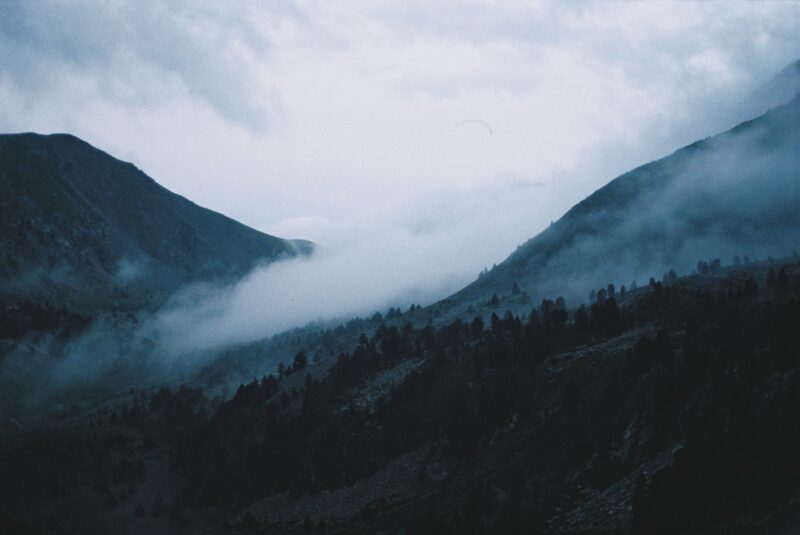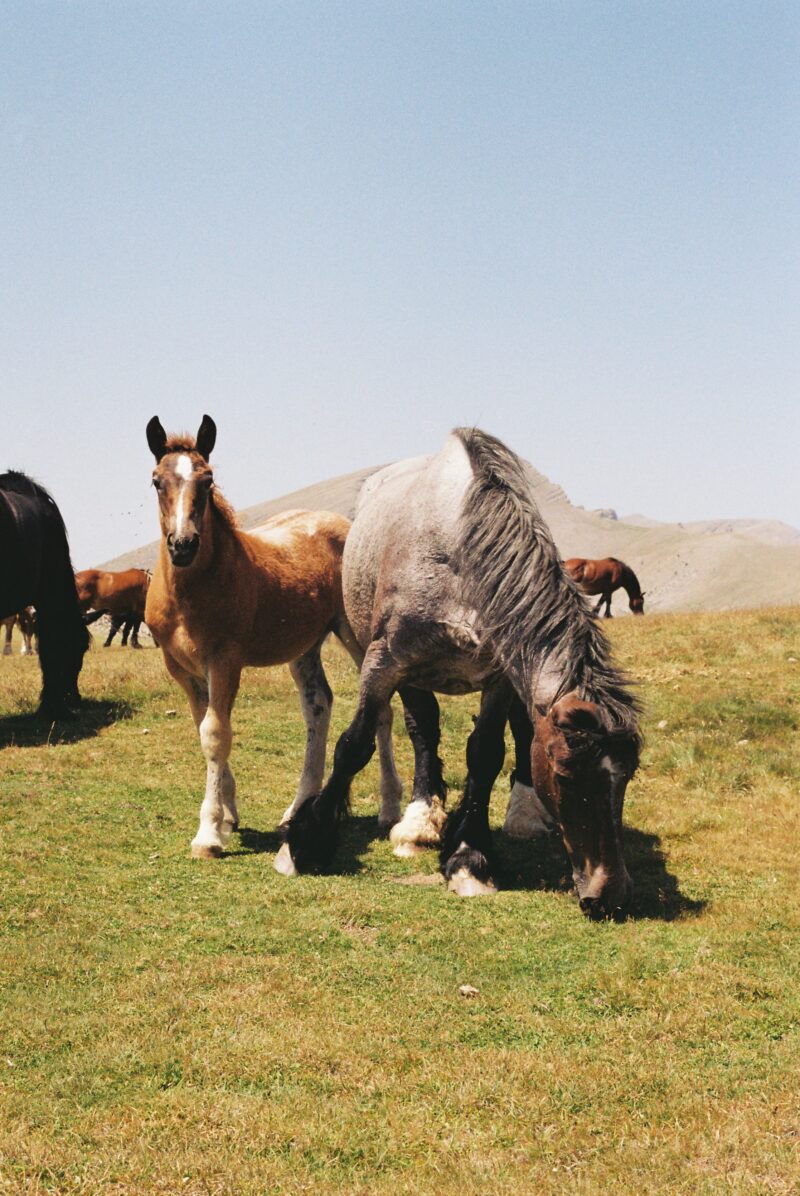
Becoming Landscapes: Process-Relational Perspectives on Alpine Grasslands in a Changing World
Using alpine grasslands as a case study, this project explores how socio-ecological transformations can be understood through a process-relational lens.

Today’s alpine grasslands are living archives, continuously shaped through the interplay of climate, geology, humans, and other-than-human species. Produced through centuries of pastoral practices, these landscapes are undergoing increasingly rapid transformations under the pressures of climate change, rural depopulation, and shifting social, economic, and political priorities.
Drawing on political ecology and process-relational thinking, my research approaches alpine grasslands as dynamic socio-ecological systems in constant becoming. Rather than viewing them as stable environments, I understand them as relational fields, shaped through the ongoing intra-actions of human and more-than-human processes across different temporal and spatial scales. This project thus responds to recent calls for adopting a process-relational ontology to understand transformations of socio-ecological systems. This perspective aims to highlight how change emerges through relationships rather than isolated causes or actors.
Using an interdisciplinary mix of geographical analysis, ethnographic observation, and participatory approaches the project traces transformations of alpine grasslands across three temporal axes: past, present, and future. The past axis examines how land use practices and vegetation cover have shifted in recent decades. The present axis explores how farmers, conservationists, and other local actors experience and negotiate ongoing changes and conflicts. The future axis engages with imaginaries of possible futures, attending to the tensions, collaborations, and differing visions around alpine landscapes.
Through these multiple stories of adaptation and transformation, the project asks what it means to care for landscapes that are always in motion. It seeks to illuminate how landscapes are co-constituted through human and other-than-human practices and how embracing the processual nature of alpine grasslands might guide more just and regenerative ways of living with them.

